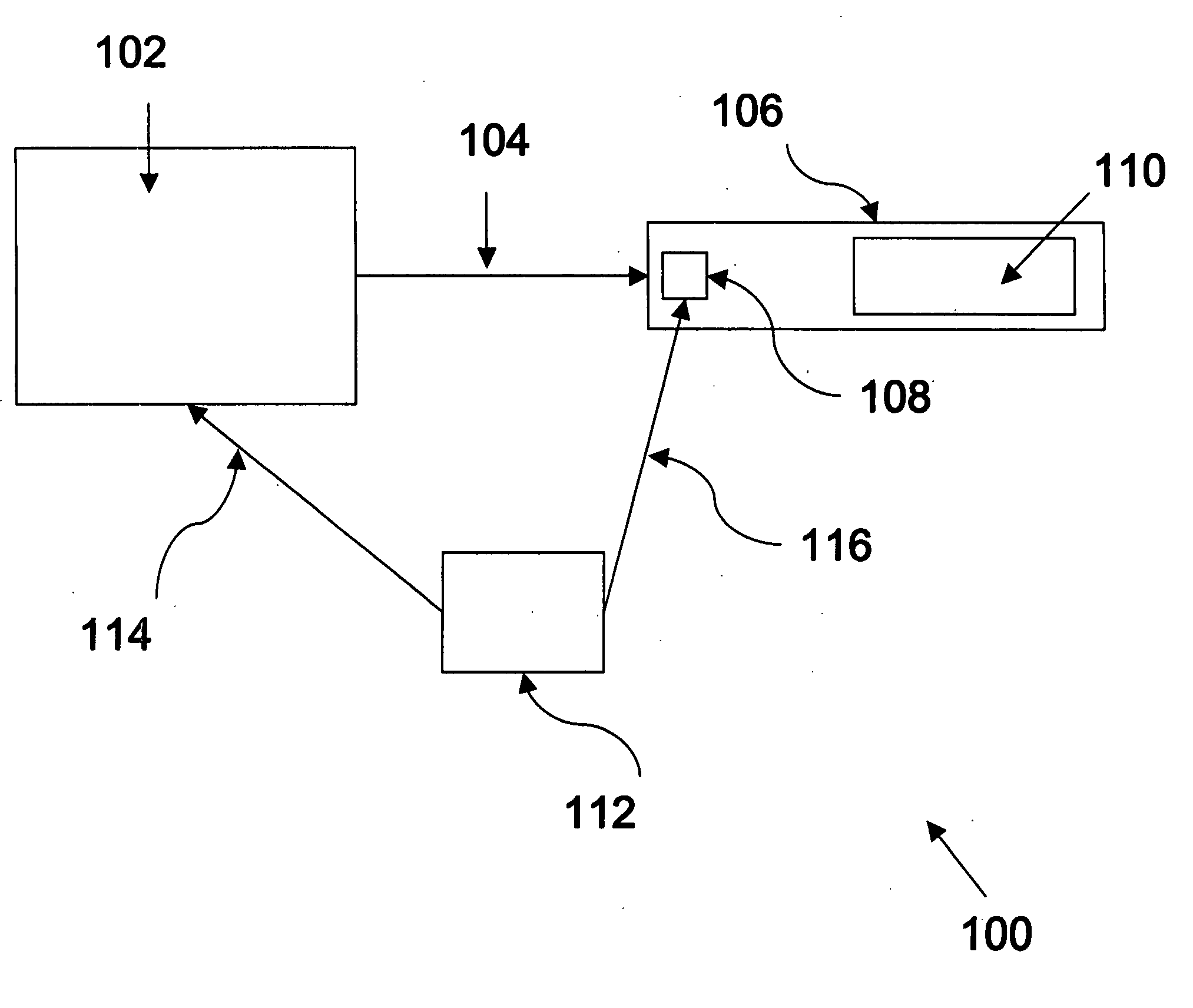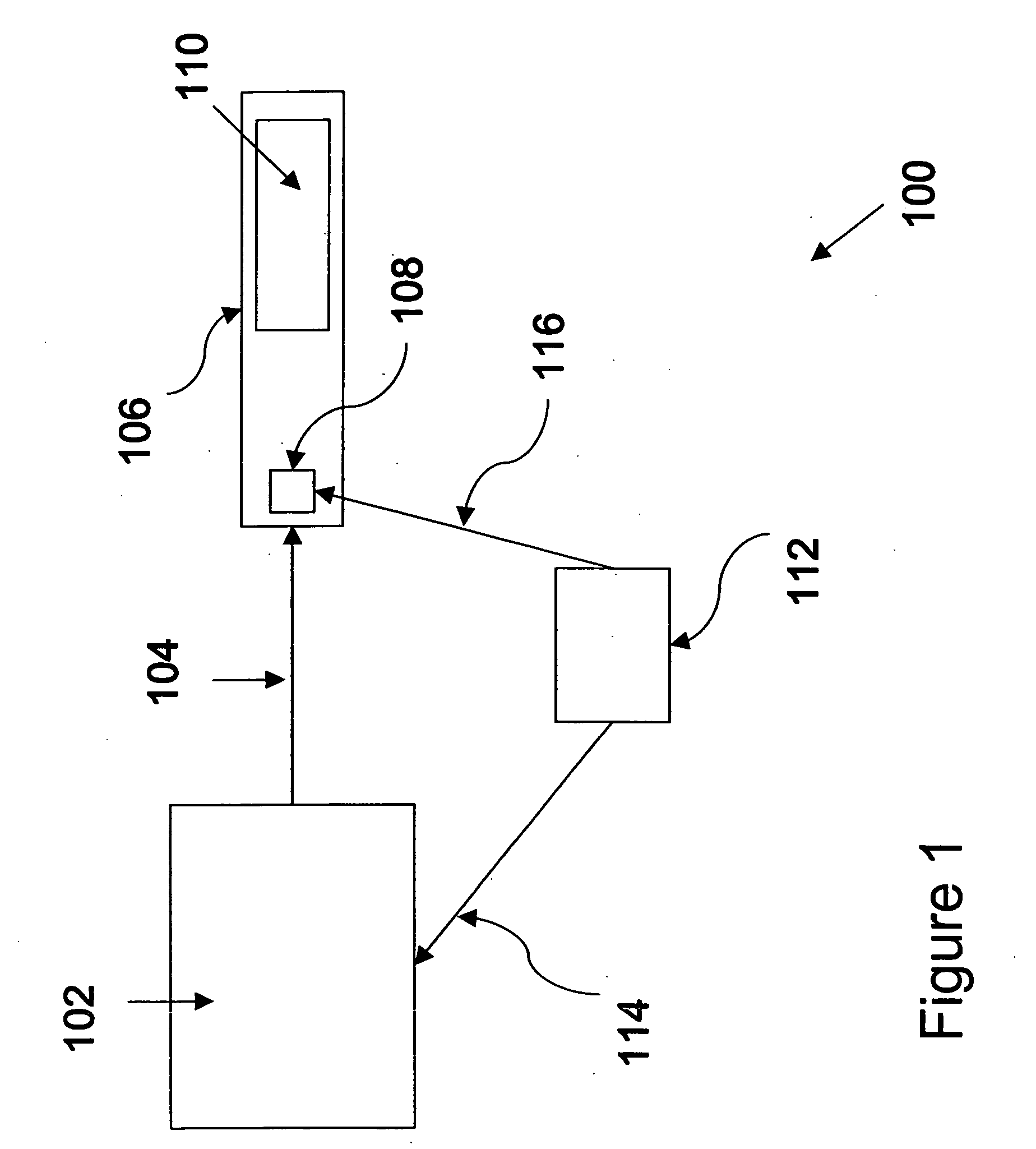Catalyst system for reducing nitrogen oxide emissions
a catalyst system and nitrogen oxide technology, applied in the direction of physical/chemical process catalysts, metal/metal-oxide/metal-hydroxide catalysts, separation processes, etc., can solve the problems of no/sub>x /sub>x may be too expensive, environmental pollution, etc., and achieve the effect of reducing nox emissions of engines
- Summary
- Abstract
- Description
- Claims
- Application Information
AI Technical Summary
Benefits of technology
Problems solved by technology
Method used
Image
Examples
Embodiment Construction
[0013] Embodiments of the present invention provide a more efficient alternative to more conventional reductant / SCR systems. Instead of using separate catalyst compositions to provide the fuel cracking function, the selective catalytic reduction (SCR) function, and, in some cases, other important functions, embodiments of the present invention provide for all such functions to occur efficiently in one catalyst formulation. Such high functionality may result in reduced costs, such as through the elimination of separate systems for fuel cracking, regeneration, and NOx reduction; moreover, the elimination of these system components may result in reduced weight and system footprint, which would prove advantageous for applications involving mobile systems such as locomotives and other vehicles or any other system with a space restriction.
[0014] In accordance with embodiments of the present invention, a catalyst system comprises a source of a fluid reductant and a multi-functional cataly...
PUM
| Property | Measurement | Unit |
|---|---|---|
| weight percent | aaaaa | aaaaa |
| size | aaaaa | aaaaa |
| molecular weight | aaaaa | aaaaa |
Abstract
Description
Claims
Application Information
 Login to View More
Login to View More - R&D
- Intellectual Property
- Life Sciences
- Materials
- Tech Scout
- Unparalleled Data Quality
- Higher Quality Content
- 60% Fewer Hallucinations
Browse by: Latest US Patents, China's latest patents, Technical Efficacy Thesaurus, Application Domain, Technology Topic, Popular Technical Reports.
© 2025 PatSnap. All rights reserved.Legal|Privacy policy|Modern Slavery Act Transparency Statement|Sitemap|About US| Contact US: help@patsnap.com


